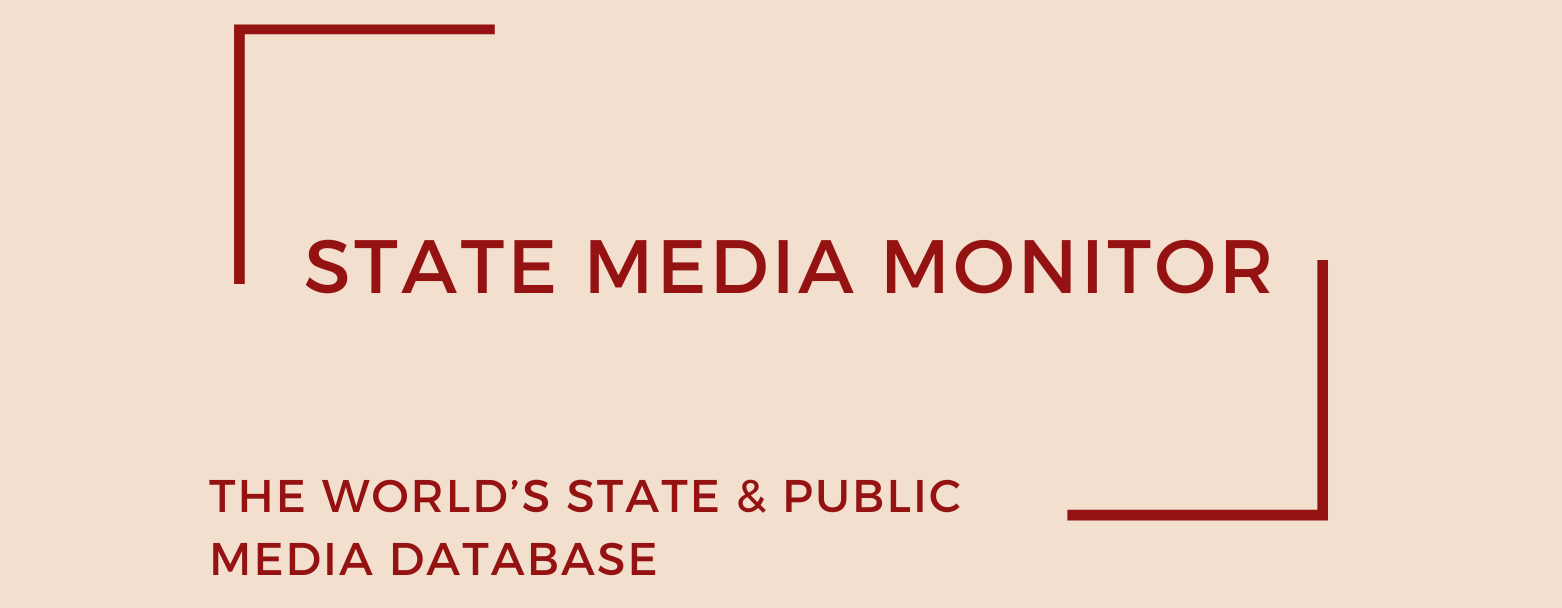Philippine Information Agency (PIA)
The Philippine Information Agency (PIA) was established in 1986 through an executive order issued by then-President Corazon Aquino, at a pivotal moment in the country’s post-authoritarian transition. Conceived as a conduit for presidential and government messaging, the agency was tasked with bridging the communication gap between the national government and Filipino citizens. Over time, it has grown into a sprawling network with 16 regional offices and 78 provincial information centers, serving as the government’s primary grassroots-level information dissemination arm.
Media assets
News agency: PIA
State Media Matrix Typology
Ownership and governance
PIA operates under the Presidential Communications Office (PCO) and is led by a Director-General, a position equivalent in rank to an Undersecretary. The Director-General reports directly to the Secretary of the PCO, ensuring that the agency’s communications strategy remains closely aligned with the policy direction of the Office of the President. This vertical chain of command leaves little room for institutional autonomy.
Since October 3, 2024, Katherine Chloe S. De Castro has served as PIA’s Director-General, confirmed in the cabinet list as head of the agency under the Presidential Communications Office.
Source of funding and budget
The agency is entirely reliant on public funding, and its financial operations are enshrined in the General Appropriations Act.
In 2021, PIA operated with a budget exceeding PHP 430 million (approx. US$8.6 million). In 2022, its allocation dropped to PHP 343 million (approx. US$6 million). The 2023 budget held steady at PHP 340 million (approx. US$6 million), indicating a flatlining of operational capacity in real terms amid inflationary pressures. For 2025, government sources report an approved budget of PHP 440 million (approx. US$8.8 million), marking a return to pre-pandemic funding levels.
Despite fluctuations, the agency has consistently been prioritized as a strategic communication tool for the executive branch, particularly in periods of heightened political messaging or national campaigns.
Editorial independence
According to its official mandate, the PIA exists “to provide people with accurate, timely, and relevant information” on government programs, services, and development initiatives. In practice, however, PIA functions as an arm of the state’s communications machinery, echoing the administration’s narratives across its platforms.
Independent media professionals and local journalists interviewed for this report in March–April 2023, March 2024 and March 2025 consistently described PIA as lacking editorial independence. Editorial decisions, they reported, are dictated by senior government officials, with content vetted to reflect the interests and policies of the incumbent administration. The agency’s information products, press releases, radio broadcasts, social media content, and regional bulletins, are crafted with the primary aim of bolstering the government’s public image.
As of mid-2025, there is still no external, independent review of the agency’s editorial standards or output. The absence of such oversight reinforces the widespread perception that PIA serves as a government mouthpiece rather than a journalistic institution.
July 2025
Citation (cite the article/profile as part of):
Dragomir, M. (2025). State Media Monitor Global Dataset 2025.
Media and Journalism Research Center (MJRC).
Zenodo.
https://doi.org/10.5281/zenodo.17219015
This article/profile is part of the State Media Monitor Global Dataset 2025, a continuously updated dataset published by the Media and Journalism Research Center (MJRC).
